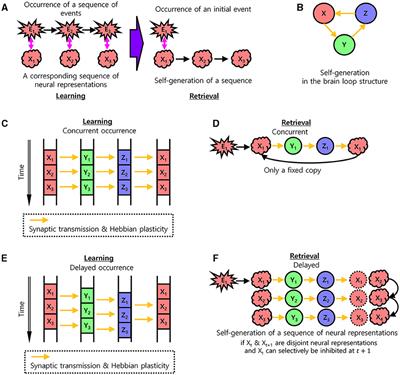HYPOTHESIS AND THEORY
Published on 18 Feb 2025
Time-domain brain: temporal mechanisms for brain functions using time-delay nets, holographic processes, radio communications, and emergent oscillatory sequences
doi 10.3389/fncom.2025.1540532
- 2,808 views
- 1 citation

